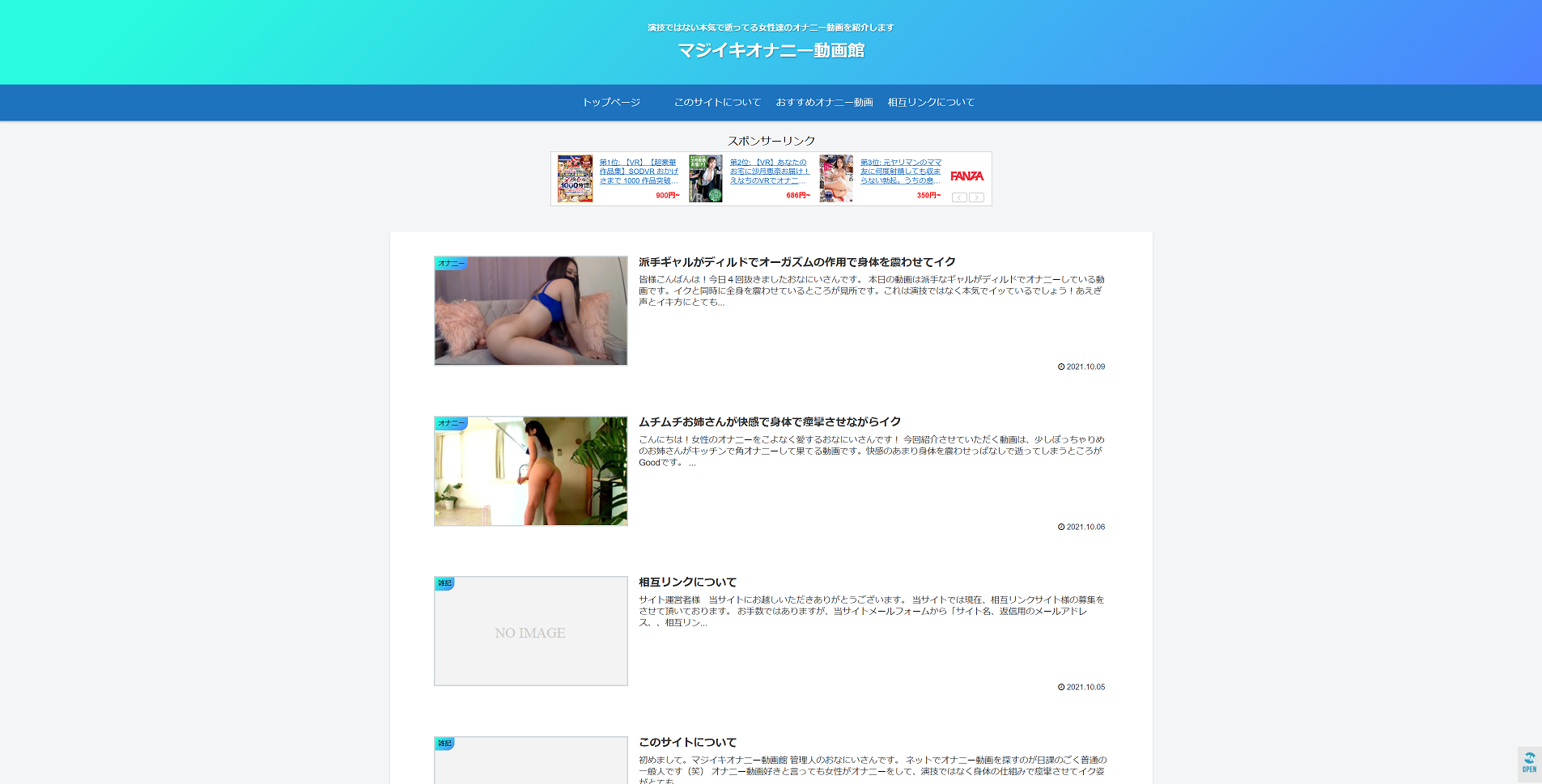
Performance-related pay schemes pose a threat to organisations, as there is no clear relationship between earnings and job grade, which makes the workers’ perception of rewards distribution highly subjective (Rubery, 1995; Ederer & Manso, 2013). In addition, the theory was applied to explain employees’ negative behaviour, such as theft, as the response to redistributing rewards (i.e. compensation for pay cuts) and the mechanism used to lessen the perception of inequity. The results supported the predictions of Equity Theory in terms of likely responses to underpayment and the coping role of negative behaviour in situations of perceived inequity (Greenberg, 1990). Equity Theory was based on three theories of social science and psychology, namely, Social Exchange Theory, Social Comparison Theory and the Theory of Cognitive Dissonance (Huseman, Hatfield & Miles, 1987; Adams, 1963). Social Exchange Theory postulates that social relations are rooted in subjective evaluation of the costs and benefits of participating in relations (Blau, 1986; Homans, 1961). Social Comparison Theory explains the mechanism through which people evaluate the degree to which the distribution of costs and rewards is fair or unfair in social exchange relations.
- Associated Data
- Literature review
- Eager to learn about how behavioral science can help your organization?
- Attribution and Evaluation in Exchange: Two Distinct Cognitive Processes
- Study 1: When Do People Perceive A Situation As Exchange?
- How to apply the equity theory of motivation in the workplace
- Qualitative results on consumer’s perception: “Themes & Analysis”
Associated Data

Finally, the development of an efficient tool to assess the CDS should probably rely on multiple measures. In regard to current knowledge, we have to admit that despite CDS being the core of the model, we know very little about it. We believe that the intensive examination of its nature is necessary to develop an operational assessment of the CDS, which is a fundamental requirement before drawing further conclusions about the CDT. Finally, as noted previously, the diversity of the induction tasks could also explain a large part of the variance in the observed nature of CDS and the lack of clear paradigms limits current understanding.

Literature review

The utilisation of Cognitive Dissonance Theory contributed to the understanding of the emotional and behavioural consequences of relations evaluating costs and benefits. These three theories formed the theoretical underpinning of Equity Theory, making it possible to explain the nature of relations between people, the mechanisms underpinning the cognitive evaluation of the outcomes of relations, and people’s reaction to such outcomes of relations. In conditions of balanced proportionality (i.e., inputs and outcomes are equal) the perceptions of receiving and justice are high. In conditions of imbalanced proportionality (imbalance both in inputs and outcomes that cancels out), it seems as if it were “every man for himself.” No one is really perceived to receive from the other and this absence of influence is deemed fair. We can argue that a proportional interdependent situation will be perceived as exchange when it is balanced, probably because balanced situations require coordination and some type of exchange in order to be achieved.
Eager to learn about how behavioral science can help your organization?
On an organisational level, understanding these principles can help mitigate financial repercussions that arise from negative employee behaviour, such as decreased productivity or higher turnover rates. Concurrently, the theory holds broader social importance, as it offers a framework for promoting fairness and justice in interpersonal interactions and relationships. By doing so, it aims to guide the regulation of both organisational outcomes and social justice (3). cognitive dissonance addiction Staff may also differ in the referent groups they use, such that individuals with higher levels of education are more likely to determine equity by comparing their outcomes with people outside of the organization. Higher levels of dissatisfaction and turnover among more educated direct-care staff may be the reason for these external comparisons. When there is a high level of trust between parties, perceived inequities may be more easily overlooked or forgiven.

Attribution and Evaluation in Exchange: Two Distinct Cognitive Processes
- For example, an individual who previously felt underappreciated at another company might find themselves more acknowledged in their current role.
- For example, in some cultures, the emphasis may be on reciprocal giving and receiving, while in others, hierarchical structures may influence how benefits are distributed.
- The multidimensionality of CSR is reflected in having deeply evolved and taken a broader perspective (Morejón & Lorenzo, 2020), as evident from studies.
- In family relationships, equity theory provides insights into the distribution of benefits and costs, perceptions of fairness, and the impact of cultural differences on maintaining balance and harmony within familial interactions.
- A CSR-based business model tied to the cultural and lifestyles of the people in brand context would foster effectiveness and efficiency in the operational modules as well as an impact on financial performance as unveiled from the qualitative data analysis, thus emphasizing the significance of brand.
- I was so impressed at the final product they created, which was hugely comprehensive despite the large scope of the client being of the world’s most far-reaching and best known consumer brands.
- This insight, grounded in equity theory, can be a useful tool for managers and business owners to ensure a motivated and content workforce.
For instance, while the required involvement of the self has been an important suggestion for the theory (e.g., Aronson, 1969, 1992; Steele and Liu, 1983), its role has then been considered as a potential moderator (Stone and Cooper, 2001), and even of secondary importance (e.g., Egan et al., 2007; Proulx et al., 2012). Some of the most recent views concerning CDT are even going back to Festinger’s original statement (Gawronski and Strack, 2012; e.g., Levy et al., 2017). However, we should emphasize that this position is not yet consensual and most of the issues we raise are observable in the current publications of CDT.
Study 1: When Do People Perceive A Situation As Exchange?
Such situations do not take into consideration psychological unlimited rewards, which cannot be measured and divided (Romer, 1979). Moreover, Equity Theory has been applied in diverse fields, including organizational behavior, interpersonal relationships, and even marketing strategies. Researchers have delved into the role of perceived fairness in employee motivation, the dynamics of power balance in romantic partnerships, and the influence of equity perceptions on consumer behavior. By exploring these different domains, scholars continue to uncover new insights into the complexities of human interactions and the pursuit of fairness.
How to apply the equity theory of motivation in the workplace
Also, to capture fine variations with lower noise and to be able to modelize the process, these requirements suggest movement toward lower level processes. It could require to look at the very minimal prerequisite for CDT, that is to manipulate inconsistency while the other socially contextualized variables are reduced to their strict minimal (e.g., commitment). Finally, in accordance with the operationalization issue, one of the first thing to assess is probably inconsistency, which could permit more relevant comparisons between studies and help to correct local or individual biases.

Qualitative results on consumer’s perception: “Themes & Analysis”
Indeed, Study 1 shows that different exchange situations, such as disproportional or balanced proportional situations, create perceptions of give-and-take on the basis of equity ratios. Study 2 shows that perceptions of justice are based more on communicatively accepted rules of interaction than equity-based evaluations, thereby offering a distinction between an attribution and an evaluation cognitive process for exchange outcomes. At its core, this theory posits that individuals are motivated by a desire to maintain fairness in their relationships and perceived outcomes when compared to others. The principle of equity suggests that people strive for a balance between what they contribute to a situation and what they receive in return. When individuals perceive an inequity, where their inputs are not adequately rewarded, they experience a sense of dissatisfaction and strive to restore balance. This theory plays a significant role in various psychological phenomena, such as job satisfaction, interpersonal relationships, and group dynamics.
The various indicators of the parameters are linked with the formative constructs of brand communication tools and instruments presented from the sampling and data collection. The type of stakeholders proactively engaged and the resource control strategy or measures adopted impact significantly on the firm’s corporate strategy. CSR initiatives augment and reinforce social corporate activities, in turn raising the interests of the company and the welfare of society, while fostering and promoting consumer trust (Sen, S.; Bhattacharya, 2001; Khan & Fatma, 2021).


コメント